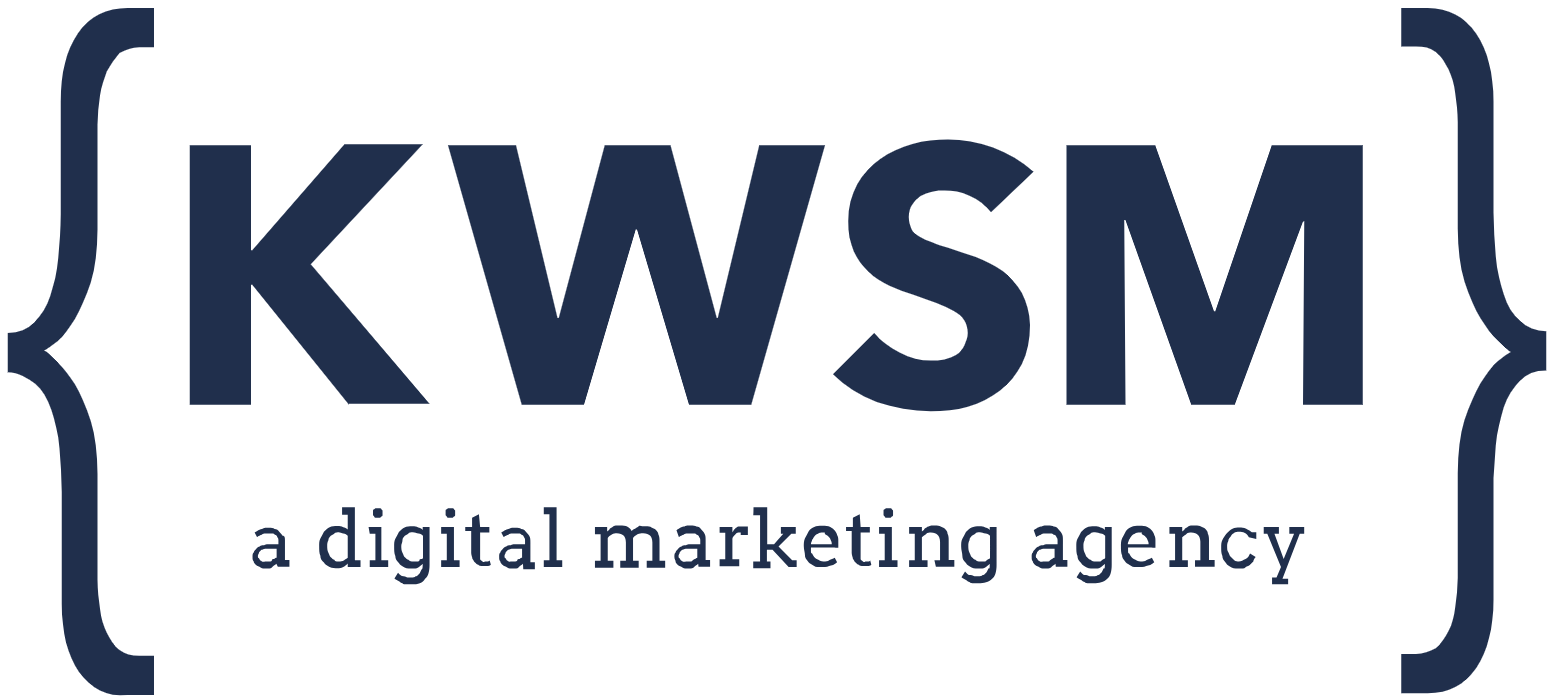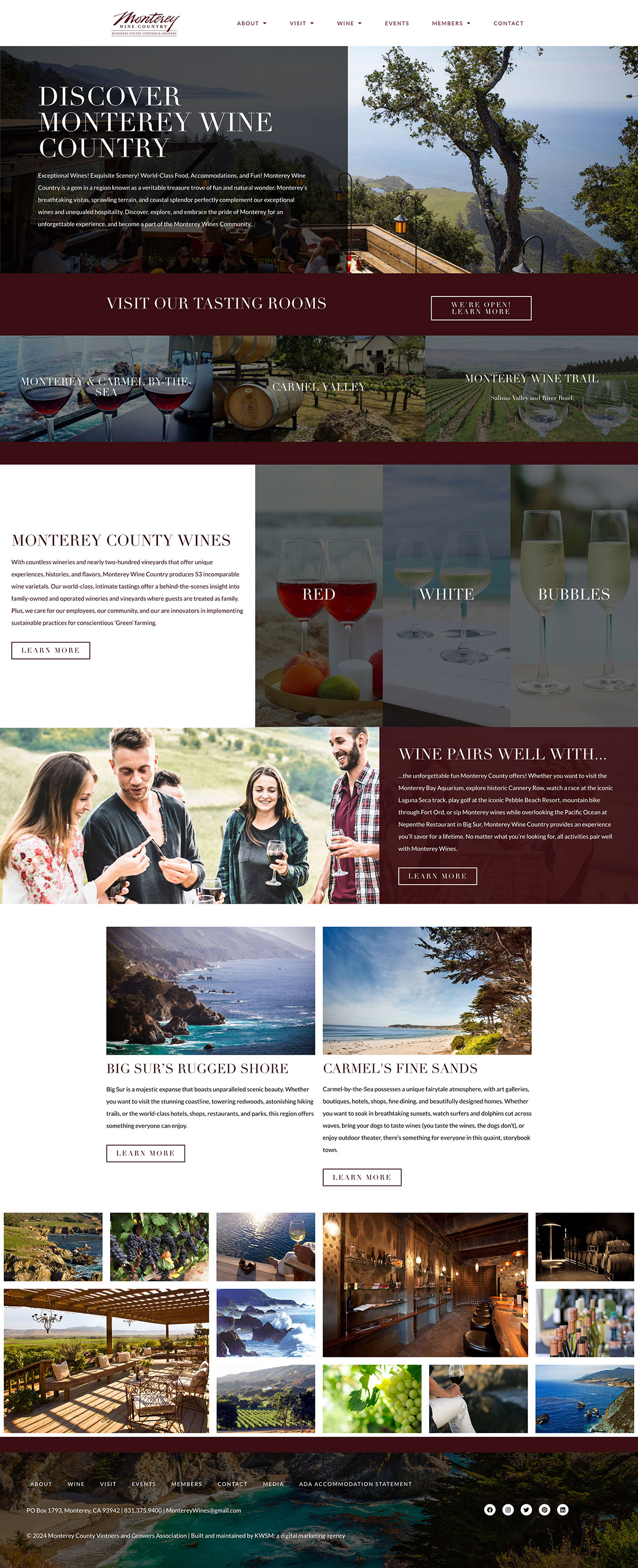
So your company’s got some great insight and usable data to share with your online audience. Whether you’re a wine maker and want to explain the profile difference in various types of wines, a plumber explaining why certain types of pipes are better to install than others, or you’re a researcher looking into the implications of following the latest health craze, your work is worth sharing.
But when it comes to data, you can have too much of a good thing. Complex facts and figures and an overload of information can turn your audience off. Even if they stick around, text-heavy content with complicated graphs and charts can come off as dry and boring and your information may not sink in the way you’d hope.
In instances like this, infographics are the newest go-to. This visually compelling medium is a great way to represent information in a graphic format that makes data easily understandable at a glance.
Companies and marketers have found infographics to be beneficial for various reasons, but chief among them are the following:
Infographics catch your targeted audience’s attention
Anyone who has any experience with the online digital marketplace knows content can easily get buried under piles of other content. You’re always competing for attention and you have to constantly think outside the box. Infographics are great way to do just that since they capitalize on one of our most human instincts. We’re visual creatures and we love to make sense of the world through visual elements.
Studies back this thought: Research shows that at least 67% of consumers say clear and detailed images are more important and more likely to get their attention than product descriptions, customer reviews and other text-based content.
Increase the potential for your content to go viral
A well-done infographic doesn’t just inform, it also entertains. If you make your infographic easy to understand, fun, and visually appealing, chances are people are going to want to share it. Not only will your fans and followers be more likely to pass it along to their friends and family, but bloggers and other websites can also easily embed your content straight into their own blogs if you include an embed code.
This increases the potential for your content, along with your brand name, to go viral.
Position yourself as an expert in your field
Even though creating infographics can be easy with the right tools, not everyone can create effective infographics. By breaking down complex data into easily digestible pieces, you show how knowledgeable you are, thereby positioning yourself as an expert in your field.
So how do you go about creating your own infographics?
To create an infographic you first need the data
Make sure it’s focused, relevant, with reputable sources and fact-checked.
To find out what’s relevant, decide on the message of your infographic. Are you highlighting differences between various items, answering a question, or explaining how a specific thing works? When you’ve figured out what you’re trying to accomplish, you’ll be able to weed out all the information that won’t support an effective infographic.
Quality design is all-important in creating a captivating infographic
Clarity means using simple graphics that tie in to your content and only using data visualizations like graphs and charts that most clearly illustrate your data. Your job is to take all the concepts, numbers, facts and figures you have and boil it down to one image, with minimal text.
Finally, a good rule of thumb is to limit your infographic to 735 pixels wide and 5000 pixels tall. Anything bigger might cause viewers to lose attention.
Find the right tools
You don’t have to have a graphic designer on your team to create a good infographic. Tools such as canva, piktochart, and easel.ly offer tons of great templates, fonts, and customizable tools to create beautiful, high quality, sharable infographics.
Many of the features are free and plenty to make your own infographics, but you can also upgrade to get even more tools, if needed.
If you find yourself struggling to get your data noticed, consider using infographics. They can keep your work from getting lost in the cluttered content landscape of today’s online world.
Interested in learning more about how to use social media for your business? Connect with us on Facebook!










